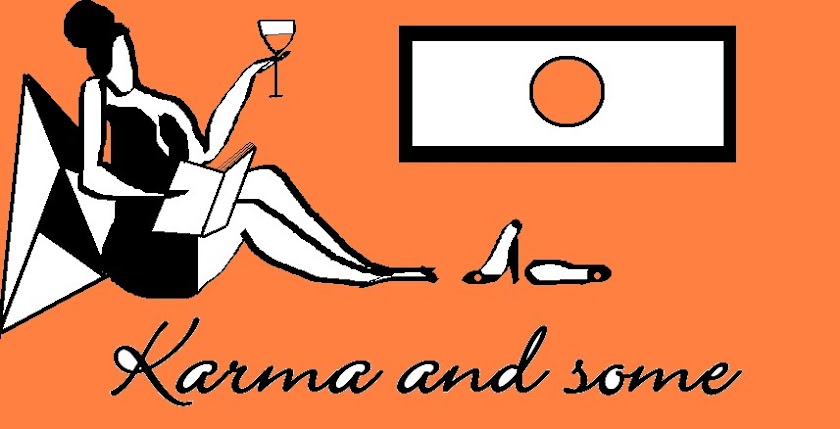My mind had been still, like a clear night sky.
Some stars sprinkled even.
So I slept in peace, unsuspecting.
But I awoke, in the 'middle of the night' mahurat
The way they have in stories of myth.
That time of ghosts and ominous things.
It must have been like a loudclap of thunder
or blinding lightening, just behind my lids
Amplified millionfold in the land of Hypnos
Like an Indra lying in wait,
sharpening his quiverful of bolts
on a trumpeting Airavat.
No, like a hundred angry Indras
on a hundred angry Airavats
Lightning, trumpeting, lightning, trumpeting
My eardrums shattered, my world ripped,
I lay there, perfect darkness about me.
Then, out of the skies of my past
the first drops came.
A big thought of you,
and another, and another
until my face was drenched, with salty rain.
Before I knew, what pillar to hold
Drops became walls of water.
There was no stopping the deluge that night.
There was no saving my dams that night.
I would have to sink or swim,
Through this flash flood of emotion.
My heart shook, my limbs too,
I perhaps genuflected in bed too.
But memories were in no mood for mercy,
So I waited and let wash upon me
wave upon wave of our time together.
Your smiles flickered across the skies,
teeth flashing amidst rolling clouds.
Past happinesses projected now
in tear-jerking shades of grey.
While the storm of 'us' danced the tandav dance
breaking my walls like dominos.
In the churning oceans of thought
I tossed about and counted hours
till the sun of my present rose again.
I started all over again,
with the stricken remains of my will to forget.





